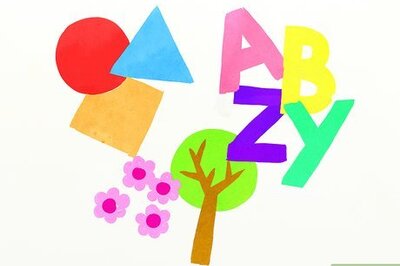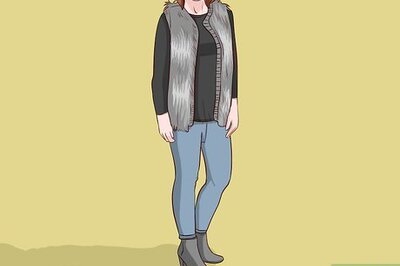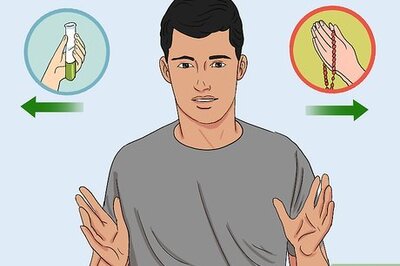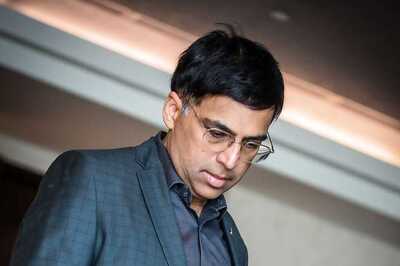
views
window._taboola = window._taboola || [];_taboola.push({mode: 'thumbnails-a', container: 'taboola-below-article-thumbnails', placement: 'Below Article Thumbnails', target_type: 'mix' });Latest News
Looking at nine-year-old Suhail Khan now, it is evident that his face isn’t what you would call ‘absolutely normal’. And yet, a while ago when he approached Dr S M Balaji, a veteran craniofacial surgeon, his deformities were a lot worse. “He had a condition called hypertelorism, where the distance between the eyes is around 50 mm (normal width is 30 mm) and his nose looked broad. All the structures that normally occur between the eyes are displaced. Sometimes even the brain is positioned lower, and found hanging between the eyes. This condition occurs since birth and can occur alone or as a manifestation of other birth deformities,” explained the doctor.
Realising that even a small mistake during the corrective surgery could cost the child his life, Dr Balaji decided to do all the drilling through his mouth. Though this made the process tougher, he realised that it would ultimately end up being safer. The conventional technique would have been to release the eye socket by cutting the bone on all four sides of the eyes. The upper wall of the eye is reached through the brain, the side walls though the skin and the lower wall beneath the eye is reached through the eyelids. Using an advanced technique to operate on him, the doctor chipped the cheek bones within the cuts, thereby avoiding the eyelids. He approached the three walls through the mouth, avoiding the outside of his face, scarring incision of the surgery. This also served both purposes, bringing the eye together while re-contouring the upper half of his flattened face.
Under general anesthesia, the scalp was raised to expose the skull bone. The convex portion of the forehead bone was cut, separated, removed and preserved to be replaced at the end of surgery. Excessive bone from the region above the upper eyelid, was removed. This was performed with great caution to prevent any injury to the brain tissue, vital nerves and blood vessels of the eye. After the eye bones were brought closer together and bones of the mid face were rearranged, a second stage surgery was performed. In this, his nose was reshaped giving a more normal contour.
Suhail Khan’s extremely wide set eyes have been brought together in to a more normal position and his nose is reshaped.
The child’s recovery was uneventful. His vision is normal and he will be discharged from the hospital in a few days.
surgery complications
The technique of moving the eye balls along with the sockets is called facial bipartition surgery
There was just one more challenge for the surgeon — there was a defect in the floor of the skull holding the brain and therefore extreme care needed to be taken to preserve unprotected brain tissue
Due the combined
presence of two different deformities, each requiring two different types of surgeries. Dr Balaji decided to combine two techniques and to advance the face while bringing the eyes together
He also modified the
technique further to prevent any scarring to the eyelids --- by doing the
entire surgical cuts through the mouth


















Comments
0 comment